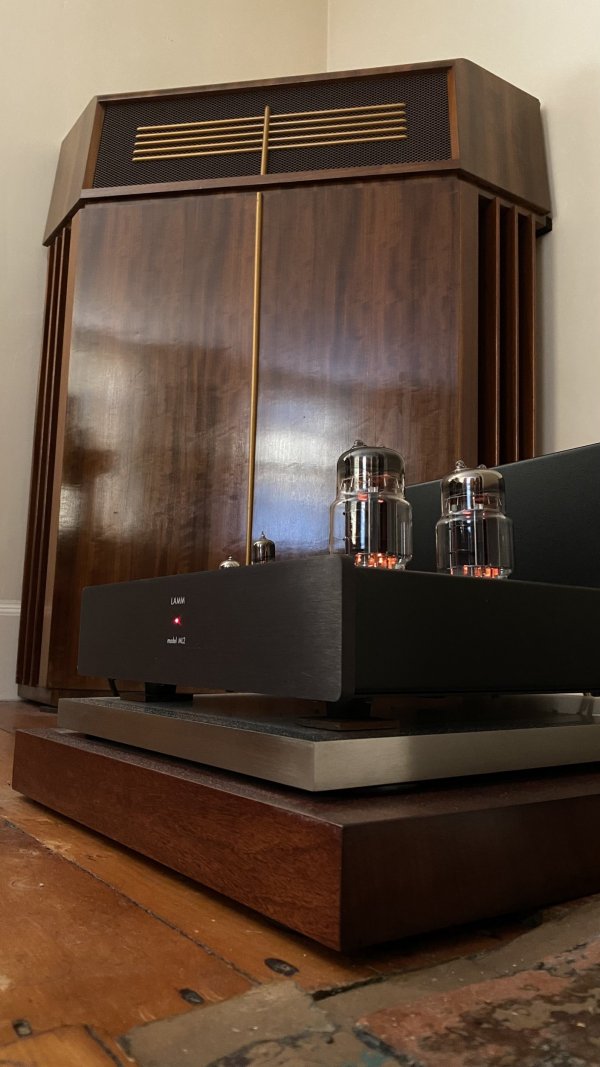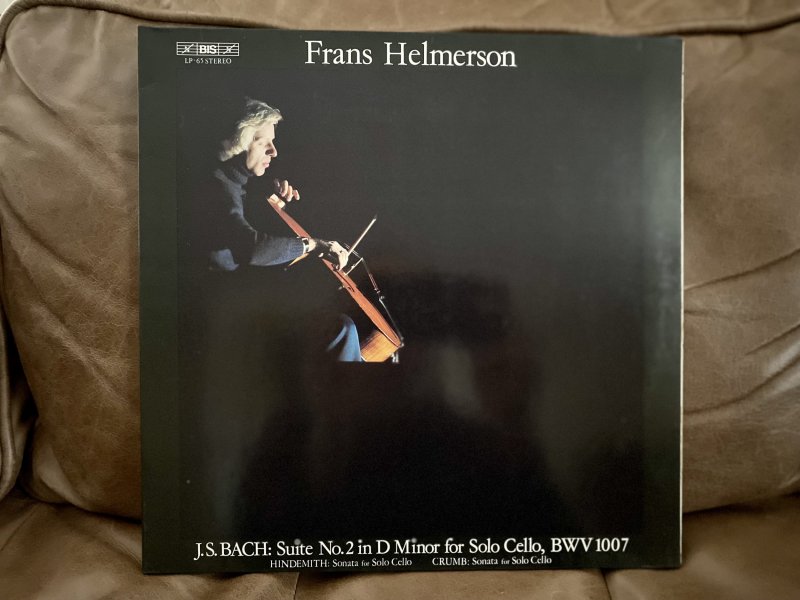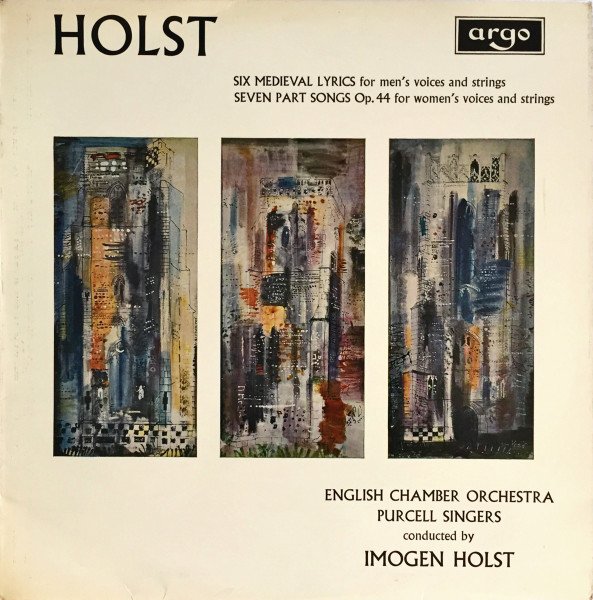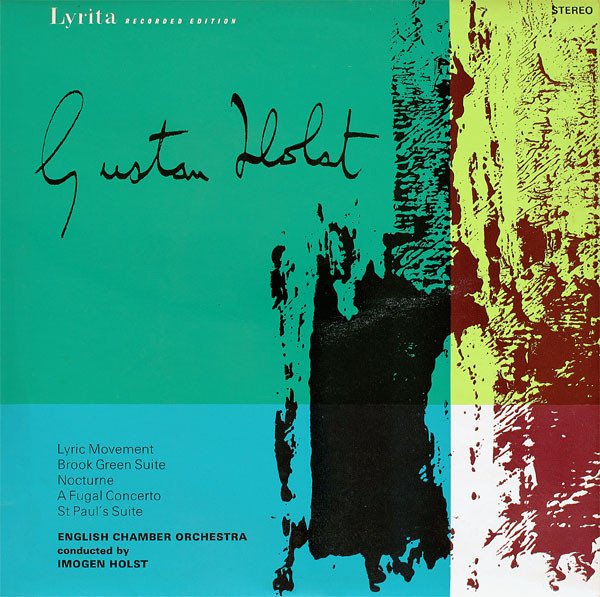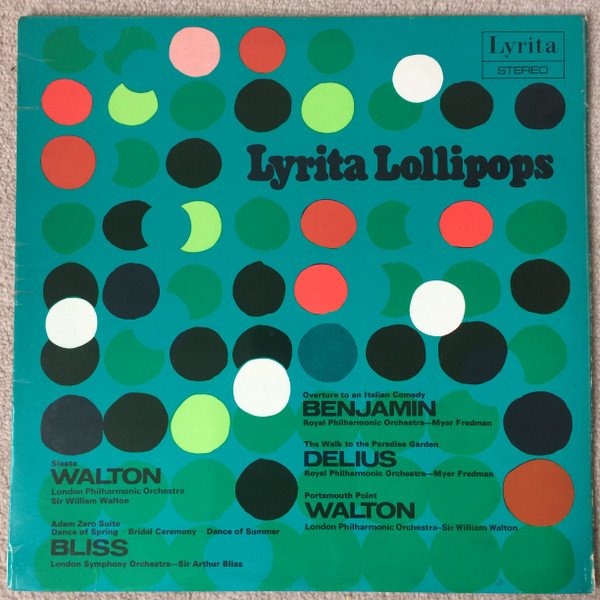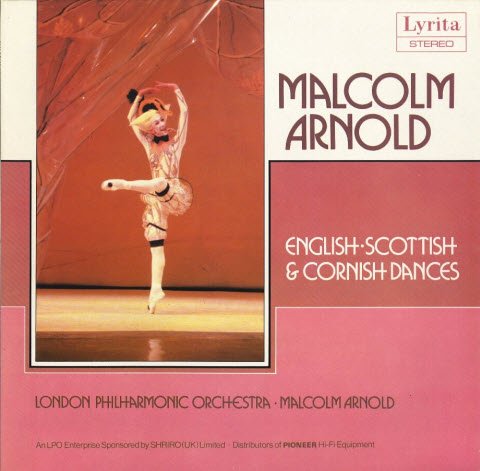I am still getting used to owning tube gear, and the joys of biasing and replacing tubes. I ordered five complete sets of matched tubes for my phono and preamp, and three sets for the amps from Lamm about six months ago. Below is a worm's eye view of the left chanel. I also just installed my old Colibri XPP (plastic, platinum) on my back arm. A good friend and I compared the XPP to my Colibri Grand Cru, both on identical arms, yesterday while making final adjustments to the former. The two cartridges sound slightly different, but the resemblance is clear. My friend said that both sound extremely natural, meaning believable and convincing, though the tone and emphasis was very slightly different with each cartridge.
We listened to Frans Helmerson playing Crumb's Sonata for Solo Cello on BIS LP-65 Stereo along with some other recordings. We both remarked that we did not have a preference, or rather appreciated the differences. It was as though there were two great cellists playing two different instruments, but both equally engaging. The XPP was a bit more direct and energetic with a bolder sound, while the Grand Cru sounded just a tad more relaxed, a bit sweeter and more nuanced with the string harmonics and wood tone. The instrument was also a bit further back in the stage. I thought the GC was slightly more resolving, but if not heard back to back, just seconds apart, it would have been quite difficult to describe any meaningful differences.
I listened to more music today with the new tubes in the amps. My impressions of the two cartridges remains the same. The older one is just slightly less nuanced but really engaging. There is a solidity to bass and brass and drums, more impact and weight. The newer cartridge is more nuanced with a slightly more articulate leading edge on cymbals, better separation between instruments, more string texture and piano decay. It may also be slightly more extended. Voices are very close.
EDIT: For Tima, here are some more specifics about the cello sound: With both cartridges, the wood cello body sounded very resonant and hollow. The weight was slightly more with the XPP, but the woodiness and and hollowness was more defined with the GC. It was more rich and colorful with the GC. The pizzicato was quicker with the XPP emphasizing the leading edge slightly more, while there was more tone and vibration with the GC. It was as thought the fingers were softer with the GC, quicker and stappier with the XPP. Bowing was more solid with the XPP but the GC has more string texture and detail. The decay was good with both, but the GC seemed a bit longer. Scale was appropriate with both having lots of energy but no defined edge. The XPP was a bit more upright and demanding attention, while the GC was more relaxed with more flow. These differences were subtle, but noticeable, and these differences were consistent with other acoustic music. EDIT
I do not know if I could choose one over the other. Perhaps I will play more classical and choir with the GC and more jazz/rock with the XPP. This is one reason I am really beginning to appreciate having a turntable that can accomodate two arms. Their may be a slight influence from the SUT that I am using on the back arm and into the MM phono input. It is a Jensen external SUT very similar to the Jensen internal SUT on the Lamm LP2.1 Deluxe, but it is spec'd to match the LP1.1 Signature's internal SUT plus it has one extra set of SME phono cables into the phono input.
These two cartridges are a good illustration for me that there are different degrees of natural sound. Both sound right, but they are very slightly different. I do not know much about different cellos, nor have I listened to Helmerson ever play his instrument, but my friend and I sure thought we were in his presence listening yesterday, and thinking only about his performance of Crumb's music. Cartridge differences and the system itself were quickly forgotten.
